
Florida families—especially those living in Homestead—are no strangers to pest invasions, but few are as relentless (or as weird) as the phenomenon of “crazy ants.” If you’ve seen ants moving in frenzied, zig-zag patterns across your doorway, windowsills, or even inside your electrical outlets, chances are you’re dealing with these notorious invaders.
What Are “Crazy Ants”?
“Crazy ant” is the common name for several invasive ant species, but in South Florida, it mostly refers to the tawny crazy ant (Nylanderia fulva). These ants are small, reddish-brown, and—true to their name—exhibit erratic, speedy movements rather than the straight-line trails you see with regular ants. They’re also referred to as “raspberry crazy ants” or, in some neighborhoods, “Caribbean crazy ants.”
What truly sets crazy ants apart is their behavior and their explosive population growth. Recent infestations in Florida have seen millions of crazy ants swarm across lawns, invade kitchens, and even short out electrical equipment. Their ability to thrive in both urban and rural areas makes them a major concern for local families.
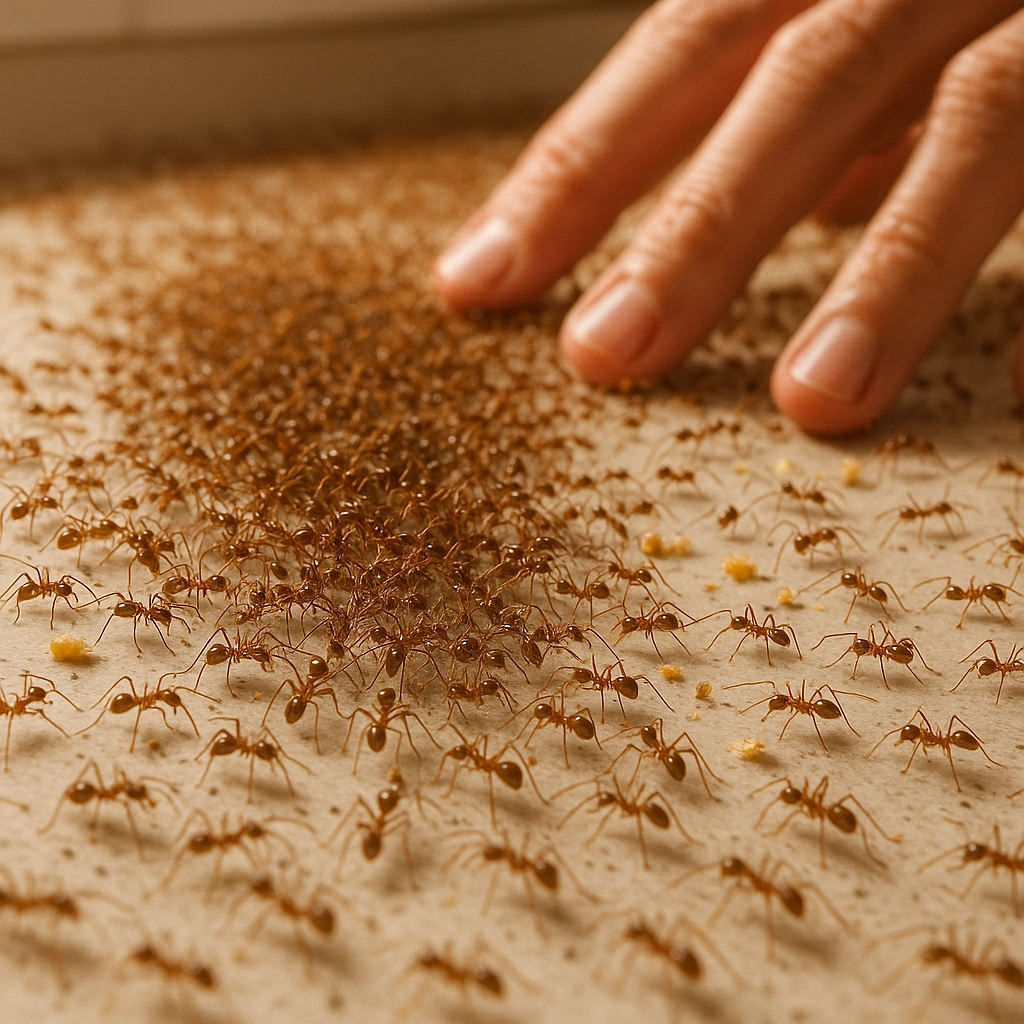
Why Are Crazy Ants a Problem for Homestead Families?
Crazy ants are not just a nuisance—they are an outright menace:
- Their super colonies are huge. Unlike fire ants or other species, crazy ants form sprawling “super colonies” with multiple queens and hundreds of interconnected nests. This makes them extremely hard to eliminate source.
- They’re aggressive foragers. You’ll find them everywhere: garbage cans, kitchen counters, laundry rooms, pet bowls—anywhere there’s food, moisture, or warmth.
- They damage electronics. Crazy ants are infamous for getting into electronics, air conditioners, and fuse boxes. In large numbers, they can cause short circuits and damage expensive appliances source.
- Traditional ant control doesn’t work well. Many people are shocked to find DIY sprays and baits do little to stem the tide when a crazy ant infestation takes hold.
How to Identify Crazy Ants (So You Know What You’re Dealing With)
Proper ID is key. Here’s how to tell if you’re facing crazy ants:
- Erratic Movement: Crazy ants move rapidly and unpredictably, not in straight lines.
- Color & Size: They are small (about 1/8 inch) and have a reddish-brown hue.
- No Obvious Nests: Unlike fire ants, crazy ants don’t build big dirt mounds. They nest in hidden, humid spaces—think under mulch, woodpiles, rocks, or inside wall voids.
- Massive Swarms: In heavy infestations, you might see entire sections of your patio or yard seemingly “moving.” In extreme cases, millions of ants can invade one property!
- Indoor Hiding Spots: They love small crevices, potted plants, crawl spaces, and even electrical outlets.
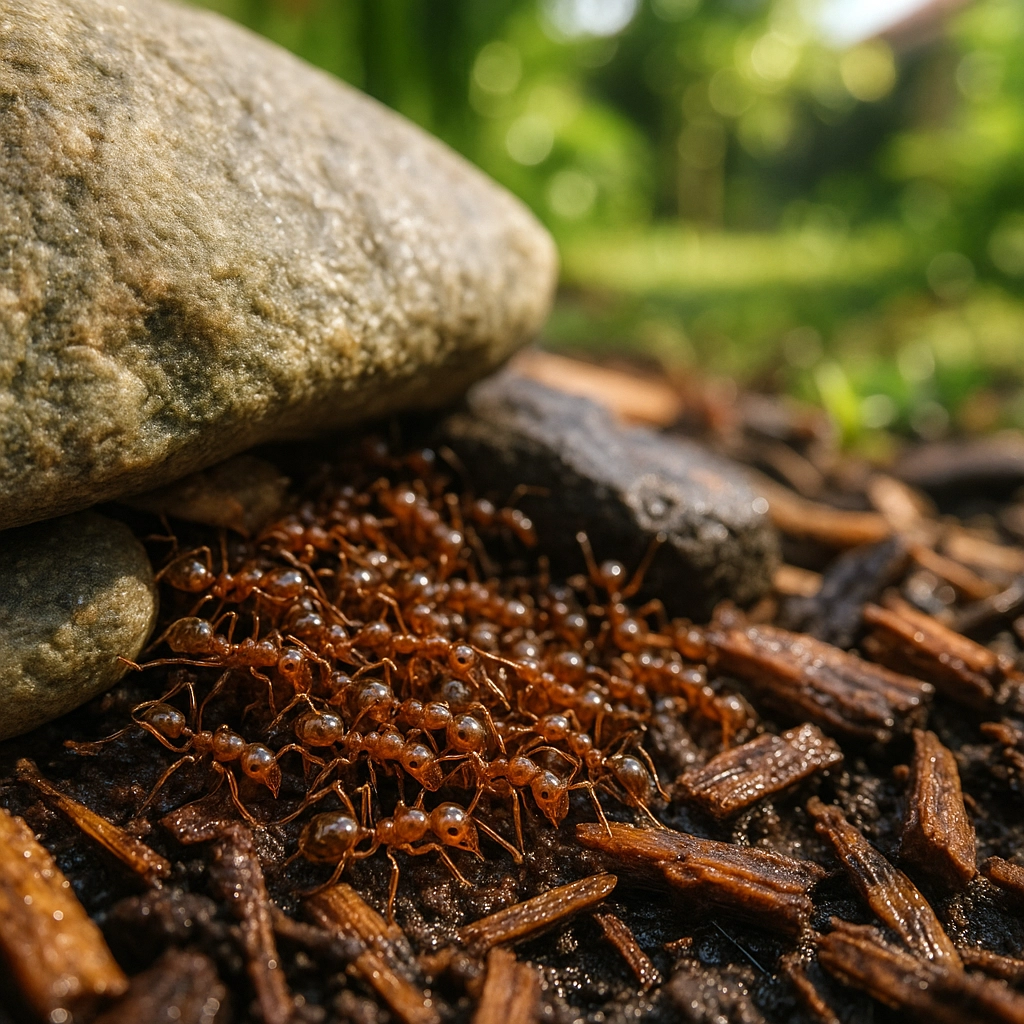
Where Do Crazy Ants Like to Hide?
Crazy ants are resourceful. On and around your property, look out for them in:
- Under mulch, stones, or landscaping timbers
- Voids around plumbing or HVAC units
- Potted plants or garden beds
- Inside wall cavities, attics, and crawlspaces
- Behind or beneath appliances and stored items
They’re especially active in warm, humid weather—which is basically every day in Homestead for most of the year.
How Do You Get Crazy Ants—and How Do They Spread?
These ants are excellent hitchhikers. They can arrive with potted plants, outdoor furniture, firewood, or landscaping materials. Once established in a neighborhood, they move between yards in search of food and water, sometimes setting up secondary nests in the process.
Their super colonies allow them to bounce back quickly even if a portion of the population is wiped out. If one nest is disturbed, workers and queens simply escape to start new colonies nearby.
The Real Dangers: Crazy Ants and Your Home
Besides the “ick” factor, crazy ants introduce some real risks:
- Electronics at risk: Entire electronics boards have been damaged from swarming ants shorting out circuits.
- Allergy and bite potential: While they rarely sting, large numbers can bite and cause irritation or allergic reactions in sensitive people.
- Attracting other pests: Crazy ants tend aphids and scale insects in your yard, protecting them and helping them thrive—which can wreck your landscaping and attract even more pests.
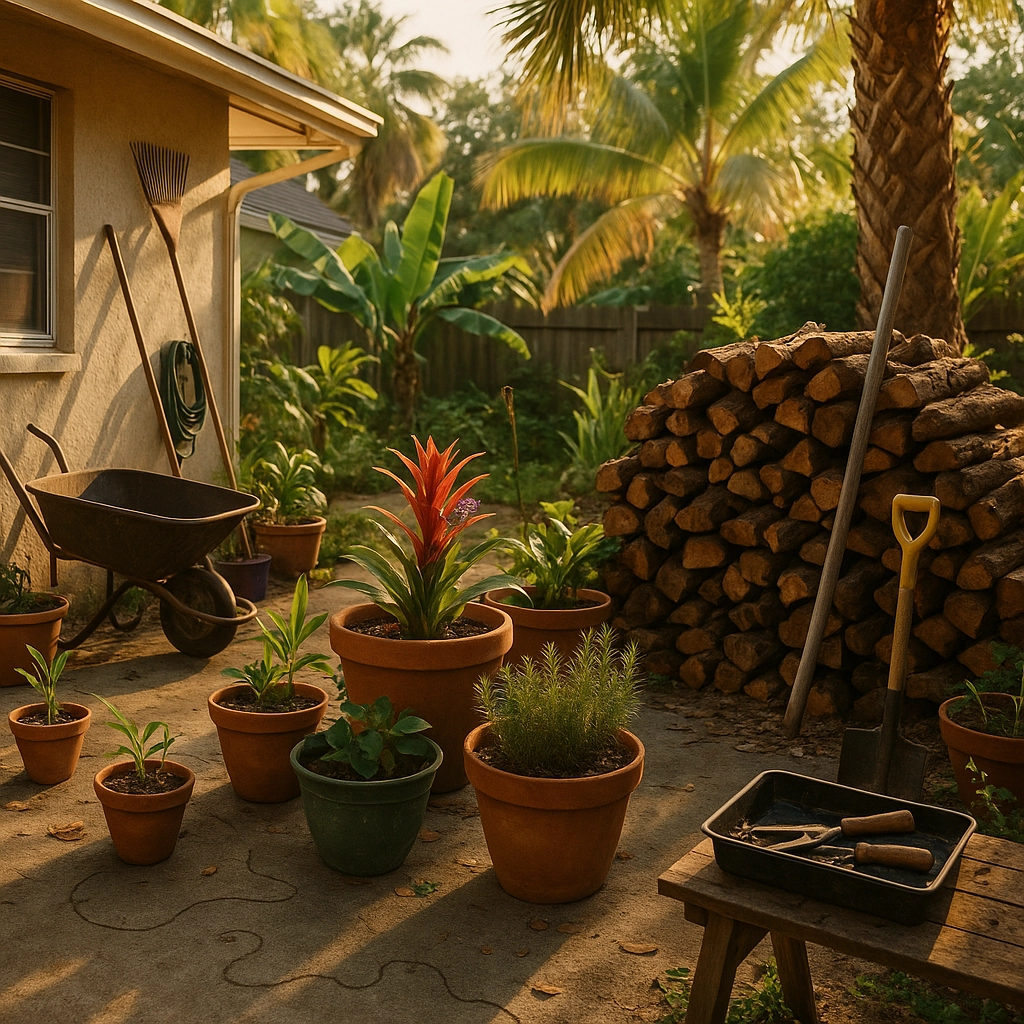
Crazy Ant Control: What Works (and What Doesn’t)
Don’t Waste Time With Basic Bug Spray
Most over-the-counter sprays and ant baits simply don’t cut it. Here’s why crazy ants are tough:
- Their colonies have multiple queens, so eliminating the “main nest” is nearly impossible.
- Routine “surface sprays” kill only visible workers, not the queens or colonies hidden in walls or soil.
- Many baits marketed to kill ants are ignored by crazy ants, especially if the colony’s food preferences change throughout the year.
Smart DIY Steps for Families
Still, you can make your home less inviting:
- Cut Off Food and Water Sources
- Store all food (including pet food) in sealed containers.
- Wipe up crumbs and spills immediately.
- Fix leaky pipes and get rid of standing water.
- Seal Up Points of Entry
- Caulk cracks around windows, doors, utility openings, and foundation gaps.
- Replace damaged screens and weather stripping.
- Yard Sanitation
- Remove debris, woodpiles, and excess mulch where ants can nest.
- Trim back vegetation touching your house to prevent easy access.
- Try Ant Baits, but Be Strategic
- Look for baits specifically labeled for crazy ants. Place them along foraging trails—not where food is prepared or eaten.
- Use a mix of sugary and protein-based baits, since crazy ants’ preferences can shift.
- Expect slow progress; entire infested neighborhoods may take months to recover.
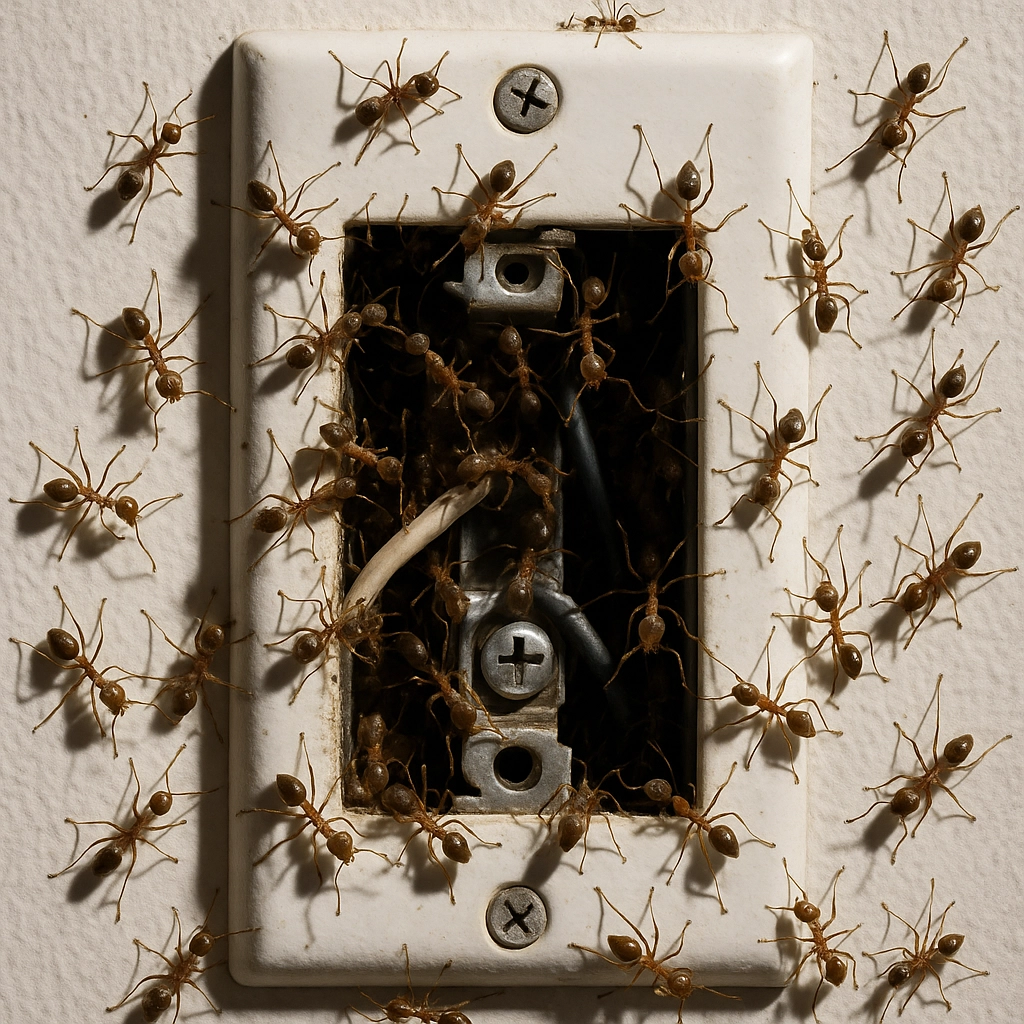
When (and Why) to Call a Pro
If you see signs of a full-blown infestation—massive swarms, ants coming from walls, loss of electrical function—it’s time for professional help.
Pest control pros, like our team at Dade Pest Solutions, use a combination of targeted baiting, advanced insecticide treatments, and habitat modification. We know how to locate secondary nests and treat your property in phases to break the supercolonies’ hold for good.
- Pro treatments may include:
- Non-repellent barrier sprays (like Taurus SC or FUSE) around the home’s exterior
- Indoor crack-and-crevice treatments in wall voids, attics, and crawlspaces
- Follow-up inspections and bait re-application
The goal with professional service is not just to kill visible ants, but to disrupt the reproductive cycle and destroy all pockets of the colony network—something that’s very tough with DIY supplies alone.
How to Keep Crazy Ants From Coming Back
Long-term protection means staying vigilant:
- Keep up with yard and home maintenance.
- Reduce moisture inside and around your home.
- Quickly address any new pest or ant sightings.
- Ask about ongoing pest control plans, especially if your home or neighbors have struggled with crazy ants before.
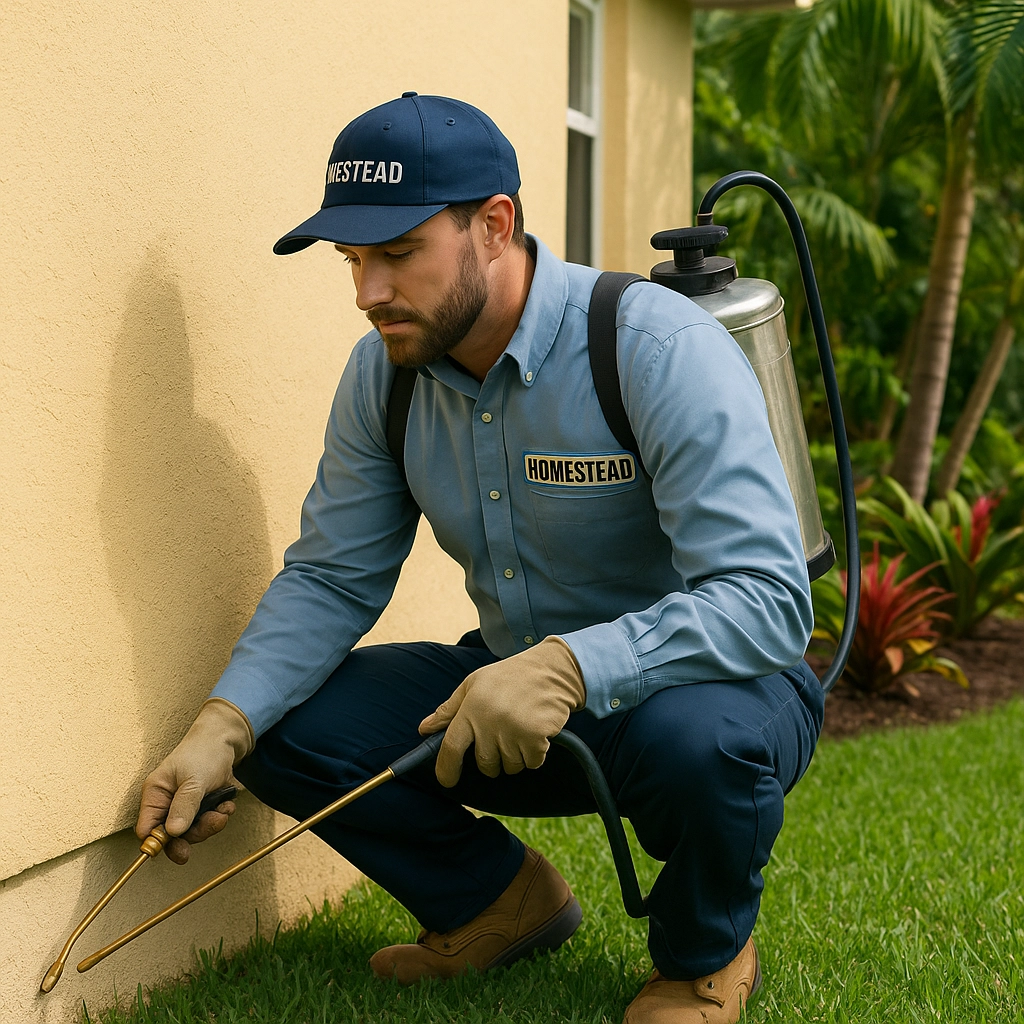
Frequently Asked Questions
Are crazy ants harmful to people or pets?
While their bite is annoying but not venomous, the sheer volume of ants can trigger allergies in sensitive people and pets. The bigger concern is property damage, especially to electronics.
Will crazy ants go away on their own?
Unfortunately, no. Crazy ants don’t leave once established—they often spread to new areas of your property (or your neighbors’) if not actively managed.
What’s the best way to get rid of crazy ants in Homestead?
Professional pest control is your best bet if you’re seeing more than a handful of ants or if DIY methods fail after a week or two.
For more answers, visit our FAQ section.
Got crazy ants turning your Homestead home into their playground? Stop the madness—contact Dade Pest Solutions today for a tailored control plan and peace of mind!

17 Years of Pest Control Experience Founder and Owner of Dade Pest Solutions Proud Resident of South Florida
Shaun Judy, a dedicated South Florida native, is the founder and driving force behind Dade Pest Solutions. With over 17 years of hands-on experience in the pest control industry, Shaun has built a reputation for reliability, results, and real local knowledge. His journey began with a deep commitment to protecting homes from pests using proven methods and innovative solutions. Raised with a strong work ethic and a passion for service, Shaun treats every property as if it were his own—delivering expert care with a personal touch.

